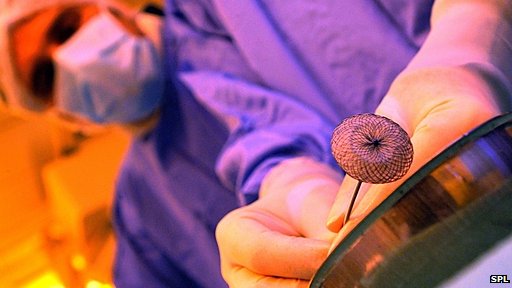 The National Consumer Disputes Redressal Commission (NCDRC), while setting aside an order of the Bihar State Consumer Disputes Redressal Commission, held a doctor guilty of medical negligence and directed him to pay a compensation of Rs 4 lakh to a man who lost his hand due to his treatment.
The National Consumer Disputes Redressal Commission (NCDRC), while setting aside an order of the Bihar State Consumer Disputes Redressal Commission, held a doctor guilty of medical negligence and directed him to pay a compensation of Rs 4 lakh to a man who lost his hand due to his treatment.
NCDRC president D K Jain and members Vineeta Rai and Vinay Kumar, while hearing the revision petition, held that the Bihar State Commission erred in not correctly assessing and appreciating the evidence before them and erroneously concluding that there was no medical negligence.
The aggrieved, Jai Prakash Mehta, a resident of Bihar sustained serious burn injuries on his right arm due to electric shock while working on the electrification of a railway line as a contract labourer on June 26, 1998. He was taken to Dr B N Rai, an ENT specialist, under whom the aggrieved underwent treatment for over two weeks following which there was further deterioration of the burn injuries in his right arm.
Dr Rai then referred him to the Institute of Medical Sciences and Sir Sunderlal Hospital, Banaras Hindu University (BHU), Varanasi, where he was informed that gangrene had set in which could not be reversed and his arm had to be amputated.
Distressed by the medical negligence on the part of Dr Rai, which had very adverse and serious financial and emotional consequences for him, Jai Prakash approached the District Consumer Disputes Redressal Forum, Rohtas, Sasaram on grounds of medical negligence and deficiency in service and requested for compensation.
The District Forum dismissed the complaint on the grounds that there was no credible evidence to prove that there was any medical negligence on the part of the doctor and further that he was not a ‘consumer’ since no fees were taken from him by the doctor. Jai Prakash filed another appeal before the State Commission, which in its order upheld the findings of the District Forum.
Jai Prakash then filed a revision petition in the NCDRC, challenging the order of the Bihar State Commission.
The NCDRC in its observation stated, “The finding of the State Commission that no medical evidence was produced, including expert opinion, to prove that the medicines prescribed were not effective or incorrect is not tenable because this is a case of res ipsa loquitur, wherein the facts speak for themselves. If Petitioner had been properly treated for his serious burn injuries and referred in time to an appropriate health facility by the doctor, then gangrene and consequent loss of his right arm could have well been avoided.”
It noted, “Clearly the doctor, who was an ENT specialist, did not have the professional competence and skills to treat the patient for burn injuries and instead misled him by assuring that the medicines mainly in the form of first aid treatment would lead to his recovery. It is clear that the Petitioner got wet gangrene because of the burn injuries which were not properly and adequately medically treated for over two weeks by the doctor.”
Source: India Medical Times













